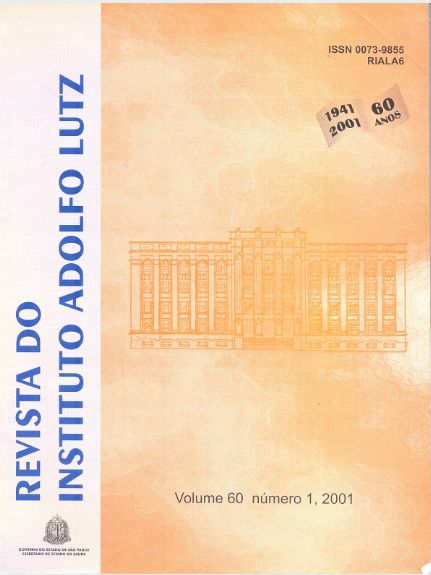Abstract
Honeydew honey differs of the floral honey in many aspects. In order to check that eleven honeydew honey and fourteen floral honey were analysed for pH, Lund reaction, conductivity and viscosity. The Fisher test was applied to check if there was any association between the kind of honey and the quantitative aspects of this study. It was demonstrated that there is association between honeydew honey and the pH above 4,2, Lund reaction below 0,6 mL and viscosity above 19,4. In order to study the effects of a gradative addition of honeydew honey on floral honey and its characteristics such as polarimetry, conductivity, pH, ashes, reducing sugars and viscosity, a linear regression analysis of these characteristics, was done using a blend of both kind of honey. It was observed by the regression coefficient b that the floral honey mixed with honeydew honey showed a significative modification of variables studied when the concentration of honeydew honey was increased.
References
1. ABIA. Associação Brasileira das Indústrias da Alimentação. Compêndio da Legislação Brasileira de Alimentos. Revisão n.5, São Paulo; 1992.
2. AOAC. Association of Official Analytical Chemists. (1990). Official methods of analysis of the Association of Official Analytical Chemistis. 13. ed., Washington D.C.; 1980 - 1995. 1018p.
3. Barth, O.M. O Pólen Brasileiro. Rio de Janeiro: Editora Luxor; 1989. 150 p.
4. Bonvehi, J.S.; Pajuelo, A.G.; Galindo, F.G. Composición, Propriedades Físico-químicas y Espectro Polínico de Algumas Mieles Monoflorales de España. Alimentaria, 24(185): 61-84, 1987.
5. Brasil. Ministério da Agricultura e do Abastecimento. Lanara-Método Analític Oficial para controle de Produtos de Origem Animal e seus Ingredientes. II - Métodos Físicos e Químicos. Brasília; set. 1981.
6. Brasil. Ministério da Agricultura. DAS/DIPOA. Instrução Normativa nº 11, de 20 de Outubro de 2000.
7. Campos, G. Melato no mel e sua determinação através de diferentes metodologias. Belo Horizonte, 1998. [Tese de Doutorado em Ciência Animal, Escola de Veterinária - UFMG].
8. Doner, W.L. The sugars of Honey - A review. J. Sci. Food. Agric., 28: 443-456, 1977.
9. Kirkwood, D.C.; Mitchell, T.J.; Smith, D. An examination of the occurrence of honeydew in honey. Analyst, 85: 412-416, 1960.
10. Kirkwood, D.C.; Mitchell, T.J.; Rossi, I.C. An examination of the occurrence of honeydew in honey. Part II. Analist, 86: 164-165, 1961.
11. Kubisova, S.; Mastny, V. Comparison of two methods for distinguishing nectar and honeydew honeys. Vedecke. prace, Vyzkumneho Ustavu Vcelarskeho v Dole u Libcic, 7: 87-94, 1976.
12. Lima, A C. Insetos do Brasil 3º tomo. Homópteros. Escola Nacional de Agronomia. Série Didática nº 4, 1942. 327p.
13. Normas Analíticas do Instituto Adolfo Lutz. Métodos químicos e físicos para análise de alimentos. 3.ed. São Paulo: Instituto Adolfo Lutz; 1985, v.1.
14. Salomé, L.G. EPGRI, Cidade das abelhas, SC. Brasil. Informação pessoal, setembro, 1996.
15. SAS/STAT Sistema de Análise Estatística. User Guide, version 6, 4ed., impressão 4, 1994, ISBN 1-55544 376 1, 3vol.
16. Siddiqui, I.R. The sugars of honey. Adv. Carbohydr. Chem., 25: 285-288, 1970.
17. Snedecor, G. W.; Cochran, W. G. Statistical Methods. 8 ed., AmesI owa State University Press; 1989. 503 p.
18. White Jr., J.W. Detection of Honey Adulteration By Carbohydrate Analysis. J. Assoc. Off. Anal. Chem., 63(1), 1980.

This work is licensed under a Creative Commons Attribution 4.0 International License.
Copyright (c) 2001 Instituto Adolfo Lutz Journal
